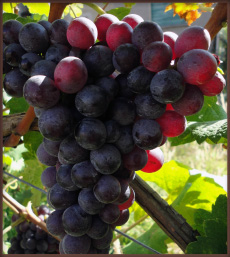

Company 

To coordinate the elements of nature in order to resume the original winemaking technique, exactly as in the past: a simple and natural objective, for this reason we established our Company: Azienda Dossi Retici in 2000.
To farm the land in the less invasive way in order to yield a produce characterized by an inseparable connection with the land from which it came up: for this reason, we changed the stakes and the dead plants in the vineyards that were planted by the old masters in the twenties as, unlike the majority of vegetable species, the more the vine ages the better is the quality of the wine.

From the work under the open sky among the terraces with ancient vines, to the most hidden one in the cellars, where wines with a unique personality are produced, wines that talk about their history and their land: come to discover them, we will be glad to introduce our company to you.
 La Valtellina
La Valtellina
The South Valtellina side of the Alps can be described as a warm microclimate niche located in an Alpine environment, that allows the growing of late vines such as nebbiolo and other local types (rossola, marzemino and others). Here a synergy between the climatic components and different lands helps the vine to be at its best, by extending the vegetative cycle and obtaining the best quality.
The stone walls in the vineyards, that form the typical terraces, absorb the heat during the day and release it at night. Such terraces stretch from Morbegno to Tirano and are made of superimposed stones without mortar (dry-stone walls) and their height varies from 1 metre to 5-6 metres.
The cultivation technique of the vine in Valtellina was set in 1700 thanks to the masters of the Enlightenment (like Pietro Ligari, an architect, painter and wine producer who lived in the XVIII century and left a memorial about agriculture, that focuses on the variety of vines, cultivation techniques, and wine production in Valtellina) constantly improved up to the present day.

